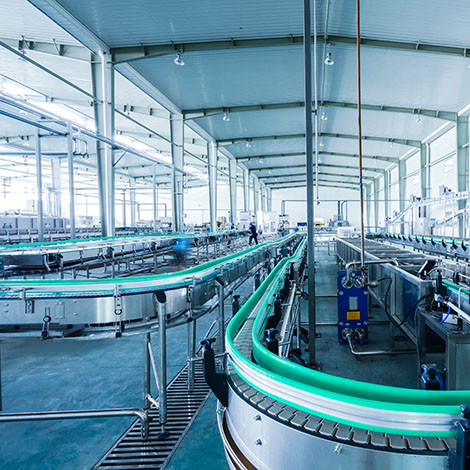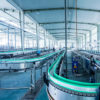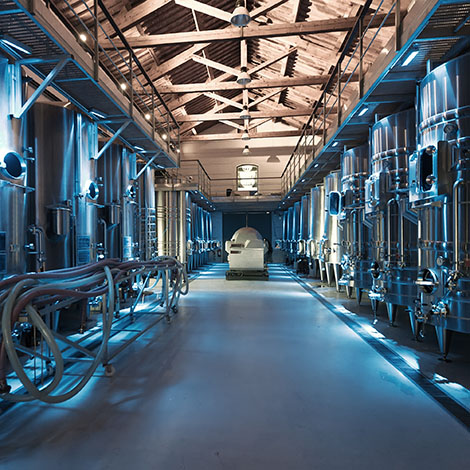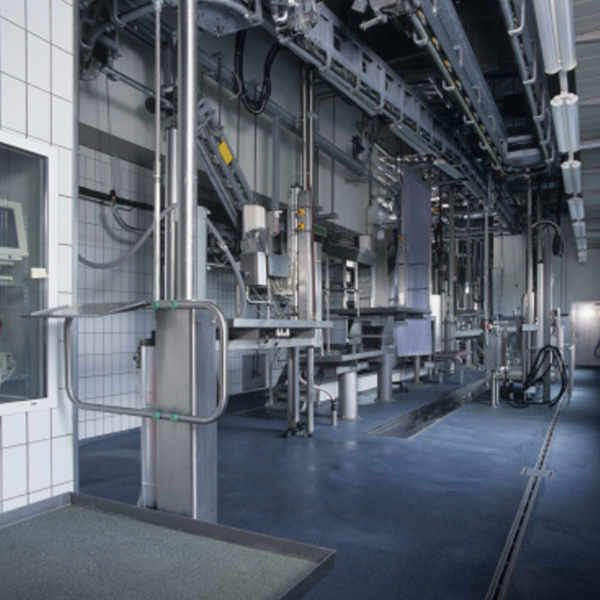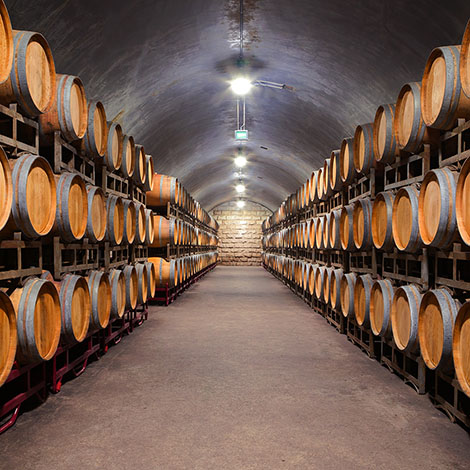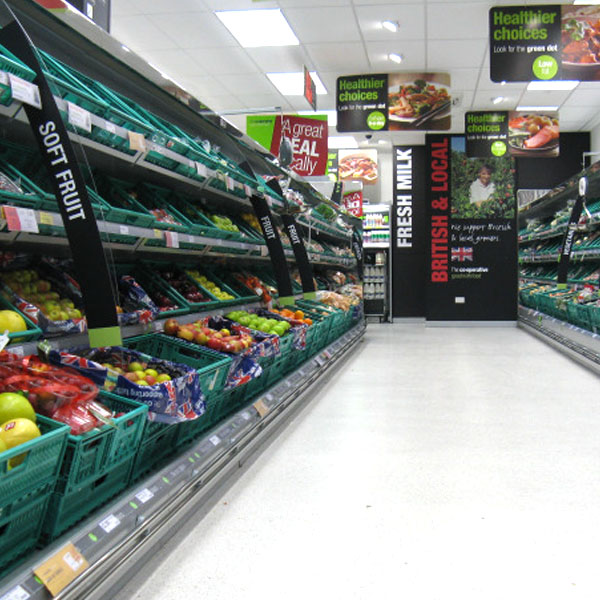A simpler and more accurate application
If the Rinol QCR application is relatively simple, the following steps
must be carefully followed. First, Rinol QCR must be applied on a defect-less concrete slab, with an adhesive strength of at least 1.5MPa. Be sure that the surface is fry and free from dust before applying the product.
Prepare the surface of application by shot-blasting. Mix the product with an electric mixer until the obtention of a homogenous paste. Spread then the paste with a spatula or a rubber spreader, at a rate of 250/500g/m² (quantity depending on the supportâs rugosity).
Proceed the scattering of the mineral aggregates (form 800 to 1200g/m²) to give Rinol QCR a good adherence. Hoover the exceeding sand once the resin has hardened. Apply the levelling layer at a rate of 3200g/m² as soon as the primer layer has hardened, but isnât totally polymerised. The mixing ratio is parts silica, 3 parts resin. The mineral aggregates must be scattered at a rate of 3600g/m², to give the surface the desired colour.
Hoover the exceeding sand and finally apply the finish layer after the hardening of the main layer. The finish layer must be applied between 12 and 15 hours after the application of the levelling layer, when the latter is hardened but still hasnât fully catalysed. Apply the product at a rate of 500g/m². It is this finish layer that will give the coating its anti-slip quality, thanks to the particular aggregate calibration of Rinol QCR.
Simple to apply and versatile, the epoxy based Rinol QCR coating is the ideal ally for food and beverage industry professionals. If it is particularly recommended for refectories and food and beverage fabrics, Rinol QCRâs quality makes it versatile enough to efficiently protect all find of heavily stress surfaces.


